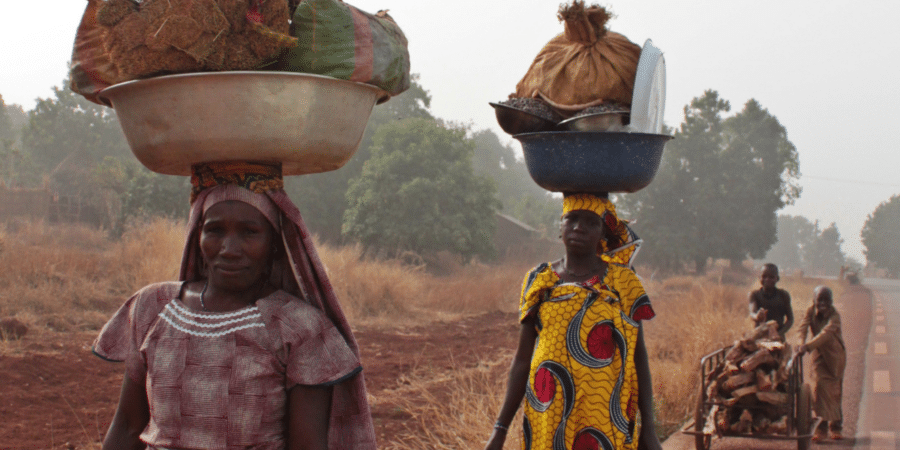Sustainable development is the key to unlocking Africa’s immense potential. Microfinance, through its innovative and inclusive approach, plays a crucial role in building prosperity block by block in Africa. In this blog post, we will explore how microfinance is contributing to sustainable development across the continent.
The Power of Microfinance
Microfinance is a financial service tailored to low-income individuals and entrepreneurs who typically lack access to traditional banking systems. It offers small loans, savings accounts, insurance, and other financial products to empower individuals and small businesses, thereby creating a ripple effect on local and national economies.
1. Poverty Alleviation
One of the most significant contributions of microfinance to sustainable development in Africa is its ability to alleviate poverty. By providing financial resources to those at the base of the economic pyramid, microfinance empowers people to start and grow their businesses, leading to increased income and economic stability.
2. Entrepreneurship and Job Creation
Microfinance institutions encourage entrepreneurship and job creation by offering accessible credit to small and medium-sized enterprises. These businesses often serve as the backbone of local economies, providing essential goods and services while creating employment opportunities.
3. Women’s Empowerment
Microfinance programs often focus on empowering women, who are disproportionately affected by poverty in Africa. By giving women access to financial resources and training, microfinance helps bridge the gender gap, enabling them to become key contributors to their households’ income and decision-making processes.
4. Financial Inclusion
Financial inclusion is a critical aspect of sustainable development. Microfinance institutions work to bring marginalized communities into the formal financial system, giving them access to savings and credit facilities. This inclusion not only enhances their financial stability but also strengthens the overall financial ecosystem.
5. Rural Development
A significant portion of Africa’s population resides in rural areas. Microfinance institutions are essential in promoting rural development by supporting agricultural ventures and agribusinesses, thereby improving food security, income, and living conditions in rural communities.
6. Community Building
Microfinance fosters community building by establishing trust, cooperation, and a sense of shared responsibility among its clients. This strengthens social capital and helps in the development of social and economic networks within communities, leading to sustainable growth.
Challenges and Future Directions
Despite its significant contributions, microfinance in Africa faces challenges such as regulatory hurdles, sustainability concerns, and the need for continued innovation. Going forward, there are several areas where microfinance can play a crucial role in building prosperity block by block:
1. Technological Advancements
Leveraging digital financial services and mobile banking can help microfinance institutions reach even more people, especially in remote areas.
2. Impact Measurement
Microfinance organizations need to develop effective methods to assess and report the social and economic impact of their programs accurately.
3. Strengthening Regulatory Frameworks
Governments and regulators need to create an enabling environment for microfinance institutions, balancing consumer protection and financial stability.
4. Collaboration
Partnerships between microfinance institutions, governments, NGOs, and the private sector can drive innovation and improve the delivery of financial services to underserved populations.
Microfinance is a vital tool in the journey towards sustainable development in Africa. It empowers individuals, supports local businesses, and builds resilience in communities. By focusing on building prosperity block by block, microfinance institutions are making a significant impact, paving the way for a more inclusive, equitable, and prosperous future for the continent.

